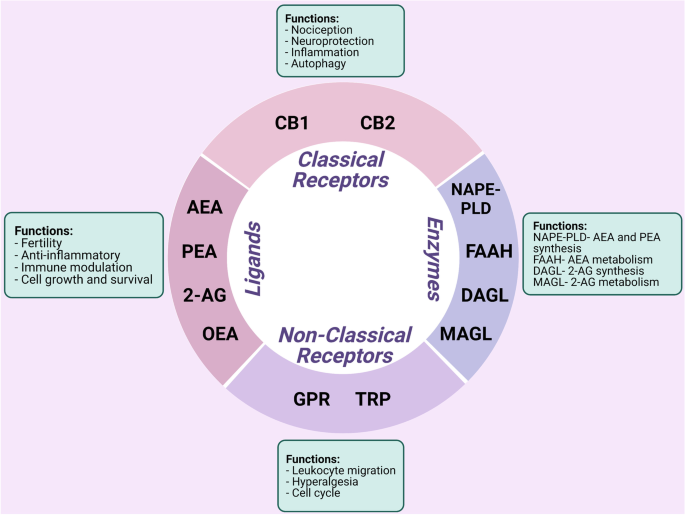
“Intraocular pressure (IOP) is regulated primarily through aqueous humor production by ciliary body and drainage through uveoscleral and trabecular meshwork (TM) tissues. The goal of this study was to measure the effect of non-psychotropic cannabidiol (CBD) on aqueous humor outflow through TM and assess the effect of CBD on the TM cell signaling pathways that are important for regulating outflow. Perfused porcine eye anterior segment explants were used to investigate the effects of CBD on aqueous humor outflow. Cultured porcine TM cells were used to study the effects of CBD on TM cell contractility, myosin light chain (MLC) and myosin phosphatase targeting subunit 1 (MYPT1) phosphorylation, and RhoA activation. In the anterior segment perfusion experiments, aqueous humor outflow was increased significantly within 1 h after adding 1 µM CBD and the effect was sustained over the 5 h of measurement. Treatment of TM cells with 1 µM CBD significantly decreased TM cell-mediated collagen contraction, inhibited phosphorylation of MLC and MYPT1, and reduced RhoA activation. Our data demonstrate, for the first time, that as a potential therapeutic agent for lowering intraocular pressure, CBD can enhance aqueous humor outflow and modify TM cell signaling.”
https://pubmed.ncbi.nlm.nih.gov/36230968/
“In summary, in this study we discovered, for the first time, that at 1 μM concentration CBD increases aqueous humor outflow in perfused anterior segments. In addition, using cultured TM cells, we demonstrated that CBD at 1 μM concentration inhibits TM cell contractility, MLC phosphorylation, MYPT1 phosphorylation and RhoA activation. Overall, our data support the concept that by altering the Rho/Rho kinase signaling to MLC, CBD was able to decrease the contractility of TM cells and enhance aqueous humor outflow via the TM route. There are many IOP-lowering drugs available to reduce aqueous humor production, but there are only limited drugs available to increase aqueous humor outflow directly through the TM route. This study demonstrated that as a potential therapeutic agent for lowering IOP, CBD is able to modify TM cell signaling and enhance aqueous humor outflow, which is often blocked in glaucoma.”









